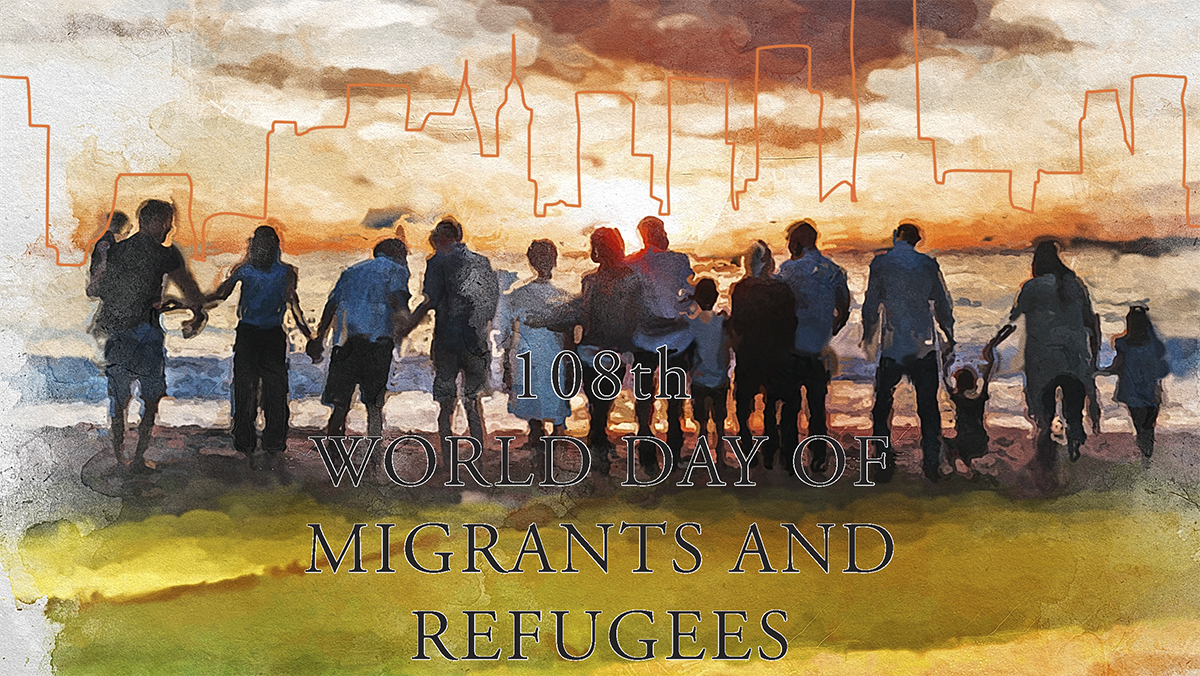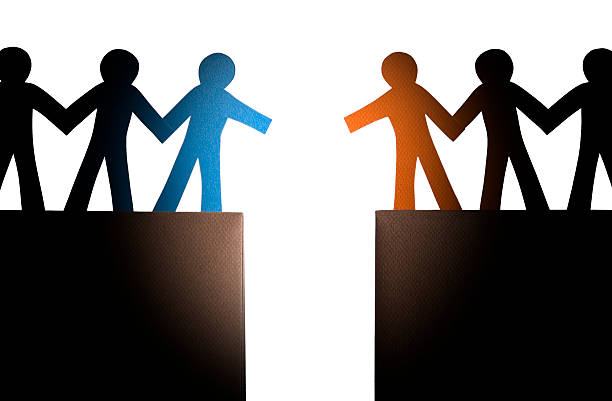The Catholic Peace Weekly in the Diagnosis of the Times column by a bioethicist considers the heated debate in Korea for and against a bill to allow doctor-assisted suicide of terminally ill patients.
This bill is proposed by a member of the Democratic Party of Korea. The abbreviation is referred to as the "Assistance and Dignity Justice Act". In other words, the act of committing suicide with the help of a doctor is dignified and should be legally tolerated. It is because the very fact that lawmakers use the expression of dignity for an act that kills clearly shows how widespread the trend of contempt for life is in our country.
Seeing the pros and cons of this bill through the mass media, she is amazed at the level of bioethics education of journalists writing articles. Except for a few reporters, the suspension of life-sustaining treatment was understood as a matter of dignity.
This situation is also found in opinion polls. According to a poll released by Korea Research on July 13th, 82% of the respondents were in favor of 'helping with death with dignity. And this is widely reported through various media. In short, according to the columnist, the act of committing suicide with the assistance of a doctor is neither an act of dignity nor a death with dignity. It's just suicide.
Our society has been developing a diseased culture that regards the right to self-determination as the highest value of human dignity. Humans can make decisions on their own, without any interference or coercion. This is an obvious fact. And with that free decision comes moral responsibility. Because my freedom needs a space (world) to realize it.
So while I realize my freedom, and my self-determination, I have a positive or negative influence on the space in which I will realize the freedom of others. In other words, I am not interfering with or changing other people's freedom, but changing the space in which that person's freedom is realized. This is because if we allow each person's negligence and destructive freedom, it will have a fatally adverse effect on the world and its structure, and ultimately pollute the space in which our freedom will be realized, that is, the world.
So, isn't the law there to make the world a better place by maintaining social order and realizing the right to freedom? But what happens to that society if the law rather incites destructive behavior against human freedom? It is also undisputed that human beings are influenced in many ways, consciously and unconsciously, in their self-determination, left to the mediation of public opinion and propaganda. This is something to keep in mind.
From the moment that the right to self-determination is pretended to be the highest value of human dignity and pseudo-assisted suicide is called "death with assisted dignity," it is already under the influence of false information and incorrect terminology. Therefore, physician-assisted suicide should never be called "assisted death with dignity" nor should it be allowed.
"It is at the heart of the moral conscience that the eclipse of the sense of God and of man, with all its various and deadly consequences for life, is taking place. It is a question, above all, of the individual conscience, as it stands before God in its singleness and uniqueness. But it is also a question, in a certain sense, of the "moral conscience" of society: in a way it too is responsible, not only because it tolerates or fosters behavior contrary to life, but also because it encourages the 'culture of death, creating and consolidating actual 'structures of sin' which go against life. The moral conscience, both individual and social, is today subjected, also as a result of the penetrating influence of the media, to an extremely serious and mortal danger: that of confusion between good and evil, precisely about the fundamental right to life."
(The Gospel of Life, no. 24)


 The Reconciliation Column in the Catholic times by the priest secretary of the Reconciliation Committee of the Bishops gives the readers some thoughts on the present situation in Korea.
The Reconciliation Column in the Catholic times by the priest secretary of the Reconciliation Committee of the Bishops gives the readers some thoughts on the present situation in Korea. 


